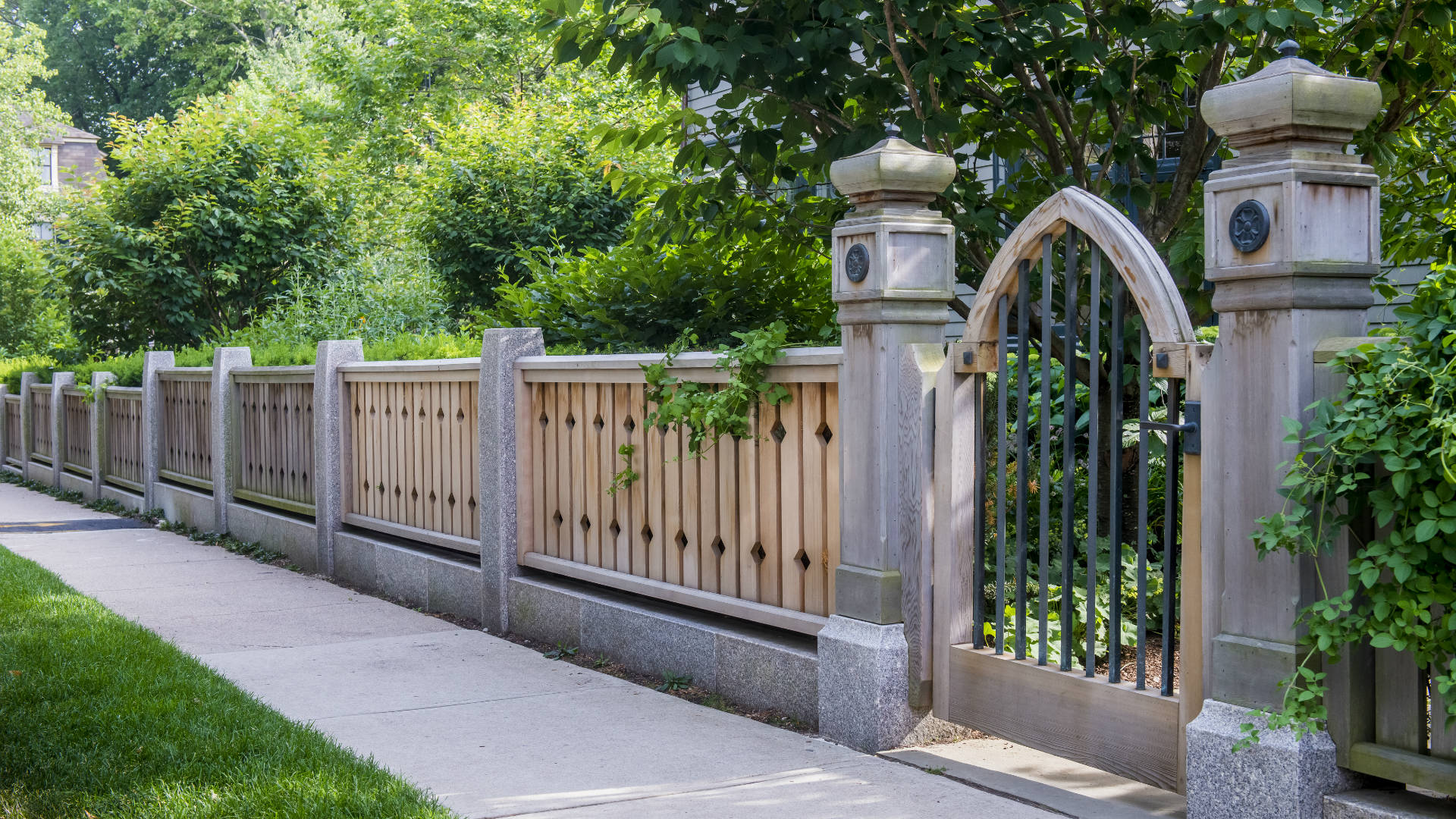

In the beginning, good New England fences weren’t about making good neighbors. Far from it. They were three-dimensional declarations of a new way of dividing up the land. The Native American hadn’t needed them: the animals they hunted roamed freely, and their concept of ownership was more about the right to use a piece of land for a time – for habitation or farming, usually seasonally, and sometimes only once. When the English arrived, they brought with them the European concept of private and perpetual possession, with specific areas allotted to individuals, and each plot subdivided into different uses.
In Changes in the Land, his classic 1983 work about how the colonists changed the ecology of New England, author William Cronon devotes many pages to the practical and symbolic power of fences. Before they could be built, however, Cronon writes: “Land was allocated to inhabitants using the same biblical philosophy that had justified taking it from the Indians in the first place: individuals should only possess as much land as they were able to subdue and make productive.” …
Nowadays, most New England fences are made of cedar, their telltale detail the 8-foot sections that ship easily from the factory. Historic wood fences were mostly custom built on-site, with long runs supported by hidden posts and punctuated only at corners, ends and gates. Such elegant looks can still be had but require similar custom work… All of Brattle Street presents one of the country’s greatest collections of fences, no less remarkable than the mansions behind them.
Adding something to a collection can be a bit daunting, as landscape architect Gregory Lombardi discovered when he devised a new granite and cedar fence to replace an anomalous split-rail number at the corner of Brattle and Appleton Streets. “There’s a pretty high bar on that street, and the best fences complement the architecture of the houses behind them,” he says. “We spent a lot of time making sure the granite posts were edged, faced and tapered just so, and the cedar pickets’ cutouts had the right proportions – we wanted the fence to hold its own with the brawny, baronial house.”